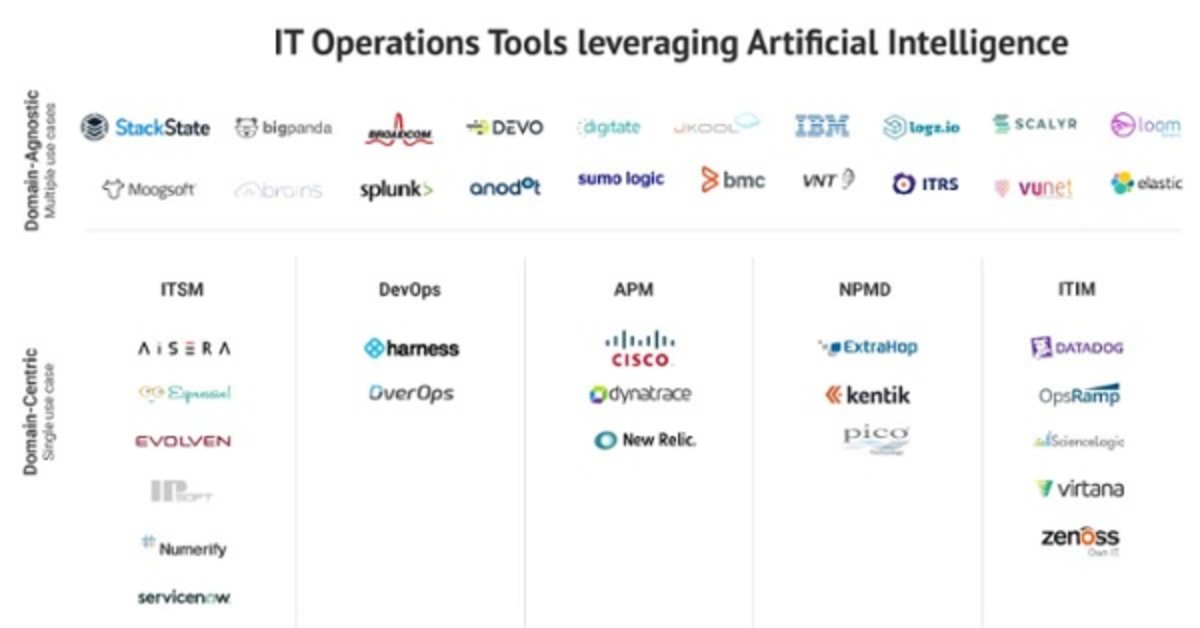

Maturity level 3: StandardsĪt the third level there is coordination between people, processes and technologies across the company. This as a whole is not very advanced but the Middle Ages of the Unaware level have been left behind. They disseminate information via reports, ad hoc queries and dashboards and for them single-subject data marts are created. However, employees use data integration tools, databases and analytics and BI platform capabilities. This is a bad thing as business intelligence, as a whole, aims at improving decision-making, and processes and decision-making are tightly intertwined. Besides, the number of people able to use a single application could be small, and turnover of personnel may cause problems for the company.Īt level 2 employees do not model processes (or do it only to a small degree). Even if they did, they may produce information in different formats, and it takes time to process it into one format. There are BI and analytics applications in different units, but packaged products have domain-specific business content and do not necessarily communicate with applications in other units. Maturity level 2: OpportunisticĪt this level there are BI and analytics projects in the company, but business units carry them out individually to optimize a process of their own or to make unit-specific decisions. However, there are still some companies which have not started to climb the stairs to higher levels. After that the situation has improved thanks to advanced but affordable applications and willingness to procure them.


Even some large companies were stuck with spreadsheets and had limited analyzing of data and weak information flows to decision-makers. This was the common level for many small and medium sized companies in Finland and elsewhere in Europe in the 1990’s. This could be an exaggeration (or a wrong way to put it), as there certainly is information, information systems and technology, but very likely information architecture is lacking, along with defined processes for analytics. According to Gartner, there is no information infrastructure. Business leaders ask for information more or less frequently and information workers try to gather and produce it with the random applications they happen to have at their disposal. The company or its departments have not developed formal processes or practices for BI. This is the level of ad hoc BI and analytics. This external data relates to relevant legislation, economic policies, economic development, competitors etc. Organizations at higher maturity levels, on the other hand, have integrated processes, use agile development methods, set enterprise-level standards for data and systems, and combine internal business and technical data with external data. Some people and departments are more willing and able to invest in and use BI systems than others, and some departments utilize more advanced metrics and technologies than others to support and improve decision making and economic results.Īs an initial summary, organizations at lower maturity levels often have separate processes, systems and data sources, and are heavily reliant on (Excel) spreadsheets. There is also variation within individual organizations. There is a lot of variation in the maturity of BI programs between organizations.
#Gartner business intelligence definition software
It is not just about software and data we process by means of software but a wide range of things from human actors through action to technologies. The answers describe conditions that are typical of a BI and analytics program.Īccording to Gartner, a BI program includes people, skills, processes, metrics and other components, as well as technologies. There are five possible answers to each of the questions (corresponding to the five levels of the maturity model). Platform - data, BI and analytics tools and technology.The tool consists of about 20 questions that focus on five aspects of these programs: Gartner's tool helps companies assess the maturity of their BI and analytics programs and charts a roadmap for improvements. Īs there are maturity levels for enterprise architecture and ERP systems, there are maturity levels for BI.

In this article I present Gartner’s BI and Analytics Maturity Model.


 0 kommentar(er)
0 kommentar(er)
